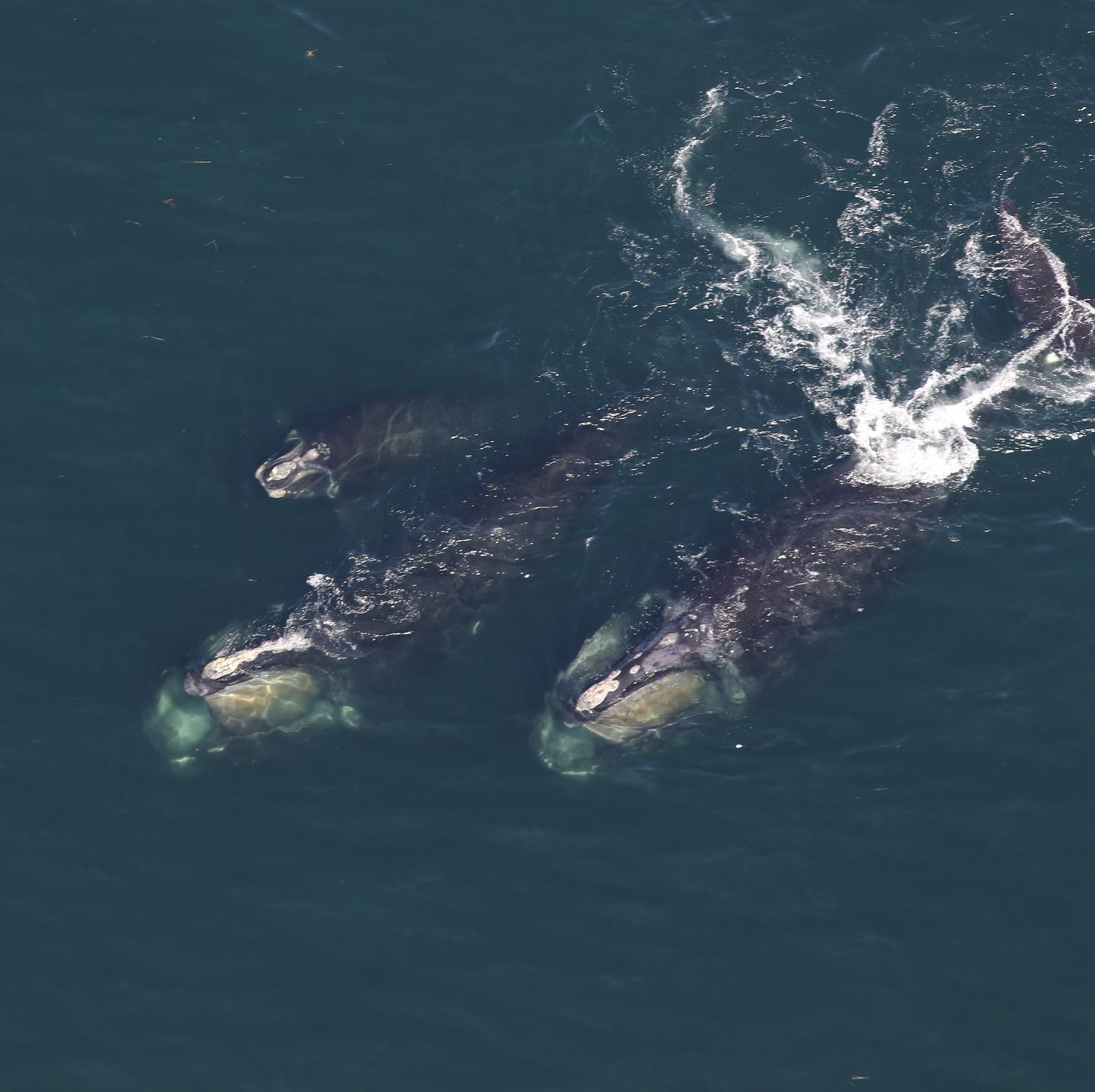August 31, 2021

Capping years of court orders and stakeholder negotiations, NMFS on Aug. 31 published its final rule to modify the Atlantic Large Whale Take Reduction Plan, instituting sweeping gear modifications and other requirements for the Northeast lobster and Jonah crab fisheries to reduce the danger of whale entanglement.
The gear modifications go into effect May 1, 2022, at the start of the fishing year. But other changes to seasonally restricted areas off New England will go into effect in 30 days.
The nearly 200-page rule document lays out the new measures in detail, including:
• Modify gear marking to introduce state-specific colors for gear marks and increase the number of gear markings and areas requiring marked lines.
• Modify gear configurations to reduce the number of vertical lines by requiring more traps between buoy lines.
• Require weak insertions or weak rope in buoy lines.
• Modify existing seasonal closure/restricted areas to allow ropeless fishing. • Add two new seasonal restricted areas.
• Following changes made by Massachusetts, extend the Massachusetts Restricted Area (MRA) to add state waters north to the New Hampshire border.
In the rule document NMFS officials note intense interest and public comment during the rule process, especially from environmental campaigners and fishing groups.
“The public’s vast input into this regulatory effort demonstrates stakeholder interest in conserving and recovering the North Atlantic right whale while also ensuring the development of operationally feasible and economical risk reduction measures,” the document says. “The large number of commenters shows that society places real (and potentially measurable) economic value on simply knowing that large whale populations are flourishing in their natural environment (often referred to as “existence value”) and will be preserved for the enjoyment of future generations.”
The agency and Massachusetts state officials have hopes that so-called ropeless or pop-up gear – remotely controlled buoys and vertical lines that deploy on command from fishing vessels – will in the long term be a viable solution to entanglement danger.
“NMFS has invested a substantial amount of funding in developing ropeless fishing gear. We anticipate that these efforts to facilitate and support the industry's development of ropeless gear will continue, pending appropriations,” according to the agency document.
“Given the high cost of ropeless retrieval technology, for the foreseeable future, industry participants are likely to depend on loans of gear purchased by the Northeast Fisheries Science Center for ropeless research collaborations. By 2025, we anticipate this would allow up to 33 fishermen to fish with up to 10 trawls each in the Northeast Region, including the restricted areas.”
Summarizing fishermen’s concerns, the agency says they are “that right whales are not in the areas that they fish and this rule will not protect right whales, but instead will place a large economic burden on fishermen with no benefit for the whales; the economic impact of this rule will put them out of business and devastate coastal communities; and that ropeless fishing is not yet and may never be feasible on a large scale.”
The final rule removes a requirement for a weak link at the buoy in the lobster and Jonah crab fisheries, noting that “there is little information available to determine the efficacy of weak links at the buoy in reducing entanglement severity…retention of the buoy may have some benefits: buoys have identifying marks that could improve our understanding of set locations of retrieved gear or may provide resistance and pull gear away from a whale, improving the chances of shedding gear."
Environmental groups pushing for immediate emergency action and ropeless gear were critical of the weak link standard for 1,700-pound breaking strength, arguing it’s not enough to save juvenile whales and calves from entanglement.
"fisherman" - Google News
September 01, 2021 at 02:05AM
https://ift.tt/2WHirAP
NMFS issues final rule for gear modifications to protect whales - National Fisherman
"fisherman" - Google News
https://ift.tt/35ujXVg
Shoes Man Tutorial
Pos News Update
Meme Update
Korean Entertainment News
Japan News Update
Bagikan Berita Ini














0 Response to "NMFS issues final rule for gear modifications to protect whales - National Fisherman"
Post a Comment